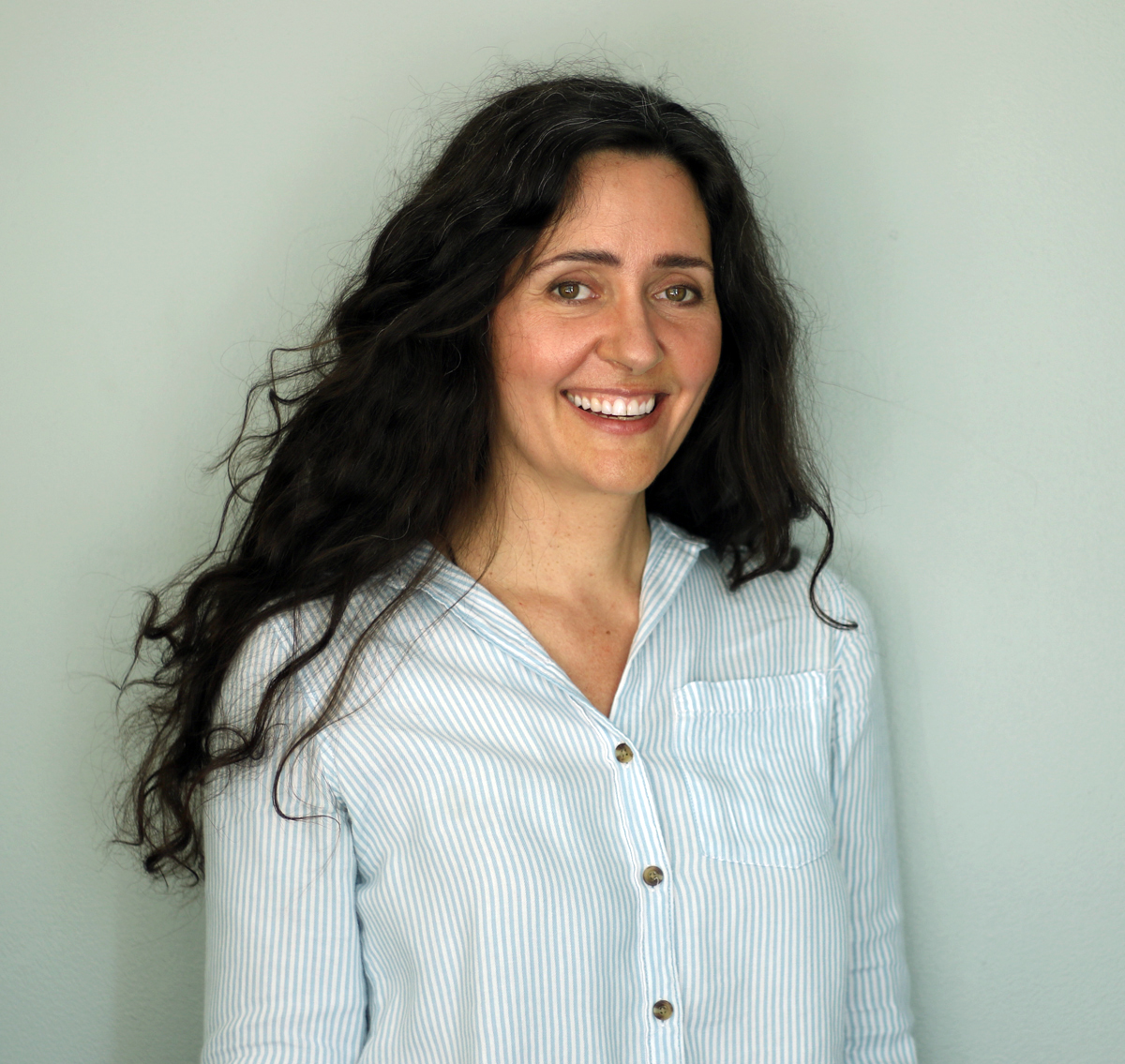Lori Esposito’s transdisciplinary artistic practices move across performance and drawing and painting troubling issues and narratives about femininity, beauty, and motherhood. Navigating plant and human geographies with intercultural rituals, dream diaries, and more, she seeks generative spaces for healing. Situated in lineages of land-based art, ecological writing and feminist performance, Esposito’s work drifts away from representational forms and back again. Her writing, performance and visual art often moves rhythmically, flowing and changing states while entangled with human and non-human temporalities.
Esposito’s 2D illustrative work focuses on memory and image making in dialogue with folklore, games, graphic novels, and tarot cards that symbolically relate women’s domestic experiences with horticulture and spells. Professionally trained in illustration her work breaks from the continuity and strict morality of the Golden Age of illustration, and Grimms fairy tales to generate fragmented stories without a book. Her montages and vignettes invite a readerly approach, where audiences may participate by filling in voids or gaps with their own experiences.
Esposito’s work has received support from the Ohio Arts Council, the Ucross Foundation, Virginia Center for Creative Arts, and the Santa Fe Arts Institute, and more. She has taught and lectured at the University of Edinburgh, and Bauhaus University, and The Rhode Island School of Design cultivating embodied drawing in public group settings. Exhibitions at the Turchin Center, the North Carolina Museum of Art, the Weatherspoon Art Museum, Soo Visual Arts, the Beverly Art Center and Urban Arts Space and the Carnegie Museum of Art and History have supported her artistic research in grief and healing. Her exhibitions, residencies and programming span museums, K-12 schools, universities, community centers and non-profit organizations.
Esposito is a doctoral candidate in the Arts Education, Administration and Policy department at The Ohio State University where she is developing writing and artistic practices accessible to neurodiverse audiences and learners.
